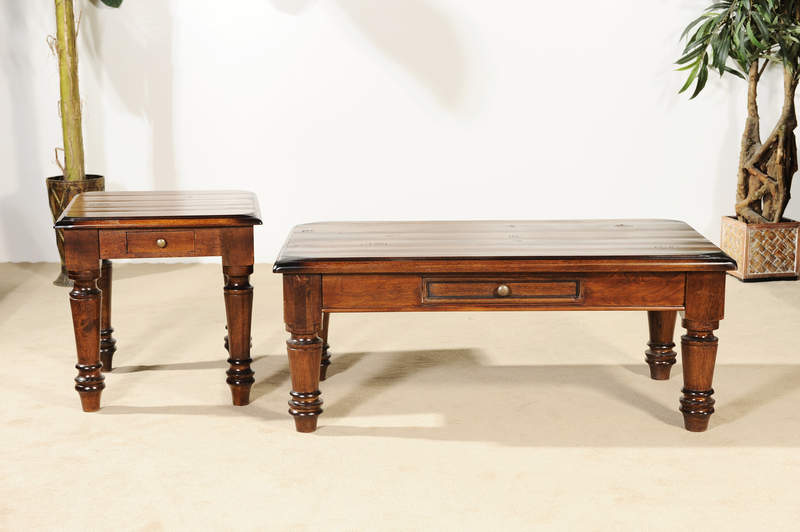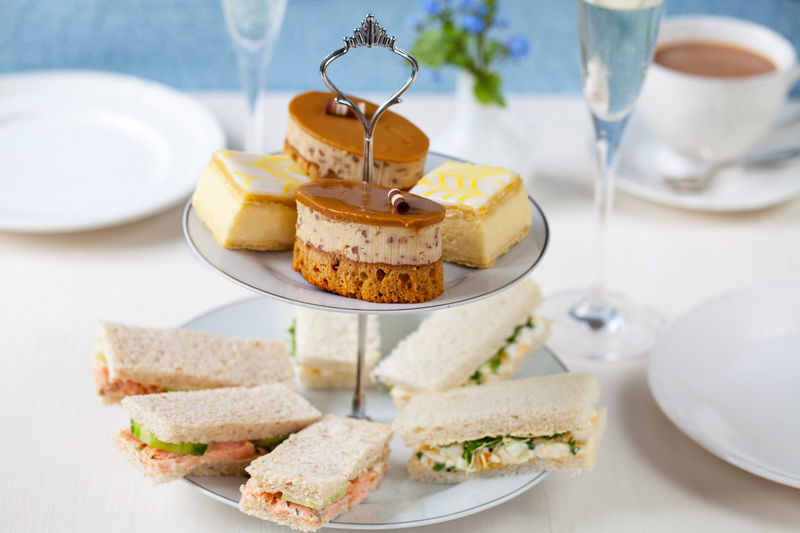Trash No More: Creative Solutions for Crafting Functional Art from Used Items
Every year, millions of tons of waste end up cluttering our landfills, oceans, and landscapes. Yet, what we often see as "garbage" can be transformed into eye-catching, useful pieces through the innovative world of upcycling and repurposing. Crafting functional art from used items not only reduces environmental impact but also encourages creativity and sustainable living. In this comprehensive guide, we'll uncover creative solutions for turning trash into treasure, providing practical inspiration, step-by-step advice, and real-life examples to help you discover the beauty and utility hidden in the things you might throw away.
Why Create Functional Art from Trash?
Functional art crafted from reused materials is more than just a trend--it's a movement. By giving discarded objects a second life, we can help the environment, save money, and enjoy the fulfillment of creating something meaningful. Here's why embracing crafting functional art from trash makes sense:
- Environmental Impact: Each reused item means one less addition to overcrowded landfills.
- Personal Satisfaction: Transforming the old into new brings joy and rewards.
- Unique Style: Upcycled art offers one-of-a-kind functional designs.
- Cost-Efficiency: Repurposing reduces the need to buy new materials.
- Conversation Starters: Custom upcycled pieces often captivate guests and spark conversations.

Innovative Techniques for Transforming Trash into Functional Art
Functional art from old items involves more than glue and paint. Innovative upcycling techniques use creativity and problem-solving to turn everyday objects into practical masterpieces. Here are foundational approaches and some inspiring project ideas:
1. Upcycling vs. Recycling: Understanding the Difference
While recycling breaks down materials for remanufacturing, upcycling means creatively reusing objects without major processing. This keeps the item's structure intact and often adds value through creative transformation.
- Recycling: Melting plastic bottles to create new plastic products.
- Upcycling: Turning plastic bottles into hanging gardens or chandeliers.
Functional upcycled art harnesses the potential of "waste" to become something with real, everyday purpose.
2. The Role of Mixed Media in Functional Art
By blending different materials--metal, wood, fabric, glass, and plastic--you increase artistic potential and functionality. Mixed media opens new avenues for both durability and aesthetics, making everyday trash unrecognizable as it becomes art.
- Wooden Pallets: Combine with old window frames for coffee tables or bookshelves.
- Glass Jars: Pair with textiles or rope for lanterns, vases, or organizers.
3. Upcycled Art That Functions: Examples and Ideas
- Bottle Cap Mosaic Tables: Use bottle caps to tile table surfaces, creating water-resistant and vibrant tabletops.
- Tin Can Lanterns: Pierce designs into tin cans, then add candles to make sturdy, reusable lanterns.
- Old T-shirt Rugs: Weave strips of unwanted t-shirts into tough, colorful floor rugs.
- Suitcase Chairs: Convert retro suitcases into funky, functional chairs with cushions and wooden legs.
- Drawer Shelves: Mount old dresser drawers on the wall for instant rustic shelving and shadow boxes.
Step-by-Step Guide: How to Create Functional Art from Used Items
Below is a proven, step-by-step approach for anyone interested in turning trash into functional art. Whether you're a beginner or a seasoned creative, these guidelines help you plan, execute, and enjoy your upcycled projects.
Step 1: Choose Your Trash Wisely
- Start by identifying durable items: glass jars, wooden furniture, unused metal tools, sturdy textiles, and plastics work well.
- Wash and dry your materials thoroughly to remove dirt, grease, and odors.
- Tip: Consider the item's original strength and shape--these often dictate what you can make.
Step 2: Imagine and Design
- Sketch your concept or search online for inspiration (Pinterest, Instagram, craft websites).
- Ask yourself: what do I need at home or work? Storage solutions, decor, planters, pet beds, etc.
- Consider combining various trash items for a hybrid functional piece.
Step 3: Prepare Your Workspace
- Lay out your tools (pliers, glue, screws, paint, sandpaper, etc.).
- Ensure good ventilation and wear protective gear as needed, especially when cutting or sanding materials.
- Cover surfaces with newspaper or old cloths to catch spills and debris.
Step 4: Assembly and Construction
- Measure and cut pieces as required. Take your time for a neat finish.
- Test fit parts before gluing, screwing, or nailing anything together.
- Be patient--with upcycled art, some trial and error is part of the process.
- Secure joints to guarantee your creation is both artistic and usable!
Step 5: Artistic Finishing Touches
- Add paint, varnish, or sealant to enhance durability and style.
- Decorate using mosaics, decoupage, or natural dyes for visual interest.
- Emphasize any intentional imperfections--these add character to functional upcycled art.
Remember: No two upcycled creations are the same. Each project is a chance to showcase personal flair and ingenuity!
Creative Project Ideas: Trash-to-Treasure Inspiration
1. Pallet Coffee Table with Storage
- Use two shipping pallets stacked together, sanded and finished, with wheels attached for mobility.
- Add a glass top for a sleek surface and space underneath for books, magazines, or baskets.
2. Tin Can Desk Organizers
- Strip and wash food cans, then wrap them in fabric scraps or paint them in bold colors.
- Group several cans in a wooden tray or glue them together in a pyramid shape for creative desk storage.
3. Denim Pocket Wall Organizer
- Cut the pockets from old jeans and sew or glue them onto a canvas or recycled wood board.
- Use this organizer for mail, pens, tools, or bathroom supplies.
4. CD Mosaic Flower Pots
- Break unwanted CDs into small pieces, then glue them onto clay pots for a dazzling mosaic effect.
- Seal with outdoor varnish for weatherproof shine.
5. Light Bulb Terrariums
- Remove the filament and clean inside of used light bulbs carefully.
- Add pebbles, moss, and tiny plants for adorable mini-ecosystems that hang from string or sit on small stands.
Eco-Friendly Benefits: Why Upcycling Helps the Planet
Transforming discarded items into functional art directly combats pollution and waste. Here's how your creative efforts make a difference:
- Reduces landfill overflow: Each upcycled project equals less trash in dumps and incinerators.
- Conserves resources: Reusing items saves the energy, water, and raw materials needed to manufacture new goods.
- Lowers carbon footprint: Fewer factory-made products mean less pollution from manufacturing and shipping.
- Supports local economies: Buying less and crafting more encourages community resourcefulness and entrepreneurship.
Even small creative choices can ripple out, making an impact on global sustainability.
Tips for Getting Started: Gathering and Sourcing Materials
- Neighborhood collection: Join or start a local swap or "Freecycle" group.
- Thrift and charity shops: Find unique cast-off objects and forgotten treasures.
- Family and friends: Ask loved ones for their unwanted household items.
- Community events: Look for community cleanups or yard sales to collect cast-offs.
- Online marketplaces: Browse classified ads for freebies or cheap deals on used goods.

Frequently Asked Questions About Functional Art from Used Items
Is upcycled art durable?
Yes! When carefully constructed using the right adhesives and fasteners, functional art from trash can be as sturdy as store-bought items.
What are the best tools for functional art crafting?
- Hot glue guns, staple guns, screwdrivers, pliers, saws, clamps, sandpaper, and paintbrushes.
- Quality adhesives and sealants for lasting weather resistance.
Can I sell upcycled functional art?
Absolutely! Local markets, online platforms like Etsy, and craft fairs are great outlets. Ensure your finished pieces are safe, sturdy, and labeled with recycled content wherever possible.
Is upcycling safe for all age groups?
Yes, with proper supervision. Choose age-appropriate projects and avoid sharp or toxic materials when working with children. Making art from recycled items is both educational and fun for all ages!
Final Thoughts: Making "Trash No More" a Lifestyle
The journey from trash to functional art is a rewarding practice, blending sustainability, creativity, and practicality. By repurposing discarded items into useful pieces, we take responsibility for our planet while nurturing our inventive spirit.
So before tossing that old bottle, box, or textile, remember: every piece of "junk" offers a brand-new creative opportunity. Embrace eco-friendly living through ingenuity and let your next masterpiece begin with what others overlook.
Ready to give trash a second life? Start today and join the global movement turning waste into wonder, one functional art project at a time!
